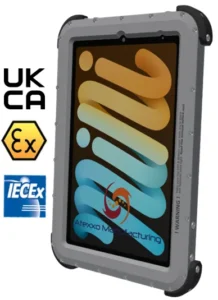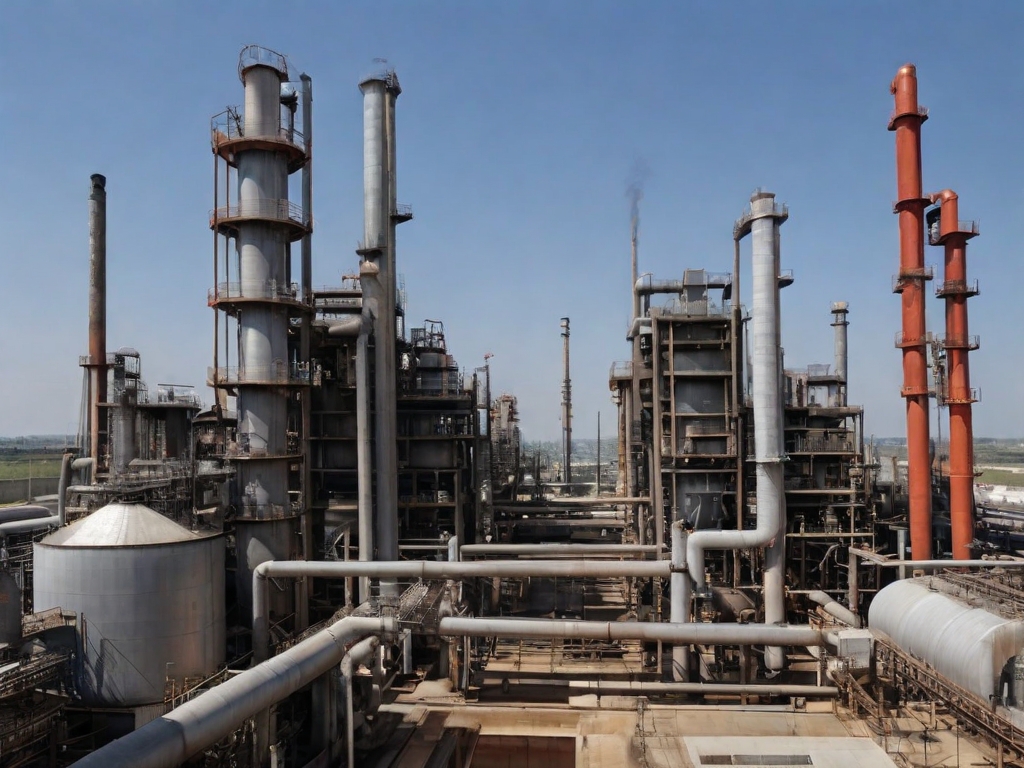Welcome to Intrinsically Safe Store, your one-stop-shop for all your safety equipment needs. We are committed to providing you with the most up-to-date and comprehensive information on international safety standards. In this article, we will delve into the intricacies of ATEX, IECEx, and NEC standards. We invite you to visit our website for more information on these and other safety standards.
Understanding ATEX
The ATEX directive, derived from the French phrase “ATmosphères EXplosibles,” is a European Union regulation that ensures the safety of products used in explosive environments. It covers both equipment and protective systems. ATEX certification is mandatory for products sold in the EU that are intended for use in explosive atmospheres.
Some key features of ATEX include:
- Two directives: ATEX 2014/34/EU for equipment and ATEX 1999/92/EC for worker protection.
- Classification of zones based on the frequency and duration of the occurrence of an explosive atmosphere.
- Equipment grouping into categories based on the level of protection they provide.
Exploring IECEx
The International Electrotechnical Commission System for Certification to Standards Relating to Equipment for Use in Explosive Atmospheres (IECEx) is a global certification system. It provides assurance that equipment and systems are safe for use in explosive environments.
Key aspects of IECEx include:
- A single international certification that is recognized in many countries, eliminating the need for multiple national certifications.
- A comprehensive system covering equipment, repair and overhaul, and personnel competence.
- Online certificates of conformity, providing transparency and ease of access.

Delving into NEC
The National Electrical Code (NEC), also known as NFPA 70, is a standard for the safe installation of electrical wiring and equipment in the United States. It is part of the National Fire Codes series published by the National Fire Protection Association (NFPA).
Important features of NEC include:
- Regular updates to incorporate new technologies and improve safety.
- Classification of hazardous locations similar to ATEX, but with different terminology and criteria.
- Requirements for equipment protection techniques, wiring methods, and materials.
Comparing ATEX, IECEx, and NEC
While ATEX, IECEx, and NEC all aim to ensure safety in explosive atmospheres, they differ in their scope, geographical applicability, and specific requirements. For instance, the EU mandates ATEX, while the US primarily uses NEC. On the other hand, many countries recognize IECEx as a global system.
Moreover, the classification of hazardous locations and equipment protection levels also vary between these standards. Therefore, manufacturers must ensure their products comply with the specific standards applicable in their target markets.
Navigating International Safety Standards: A Key for Manufacturers
Manufacturers of equipment used in explosive atmospheres must understand and comply with international safety standards like ATEX, IECEx, and NEC as it is crucial. These standards not only ensure the safety of products but also facilitate their acceptance in different markets. At Intrinsically Safe Store, we are dedicated to helping you navigate these complex standards. For more information, please contact us.


























